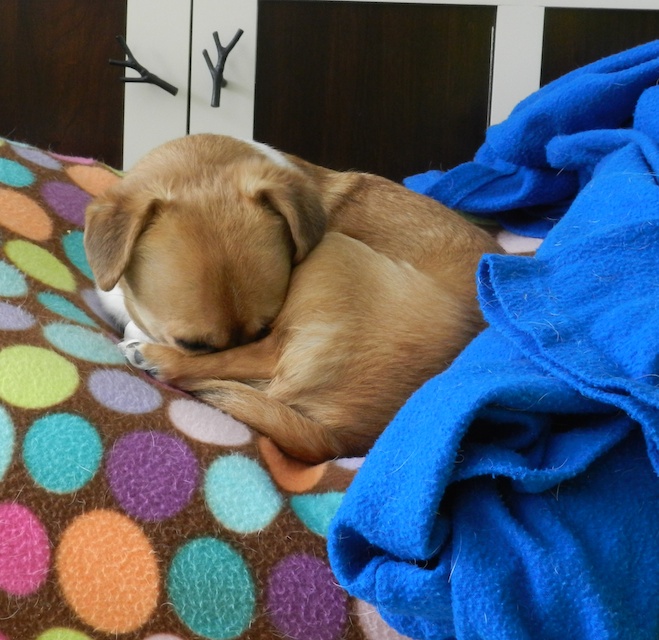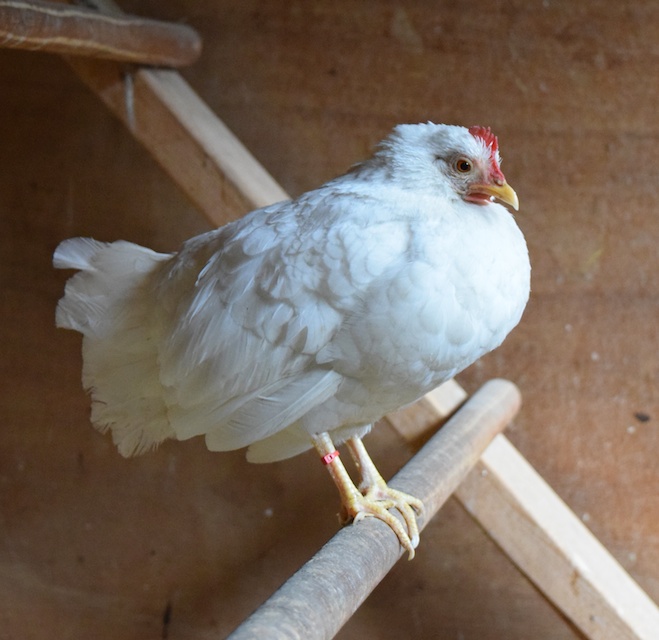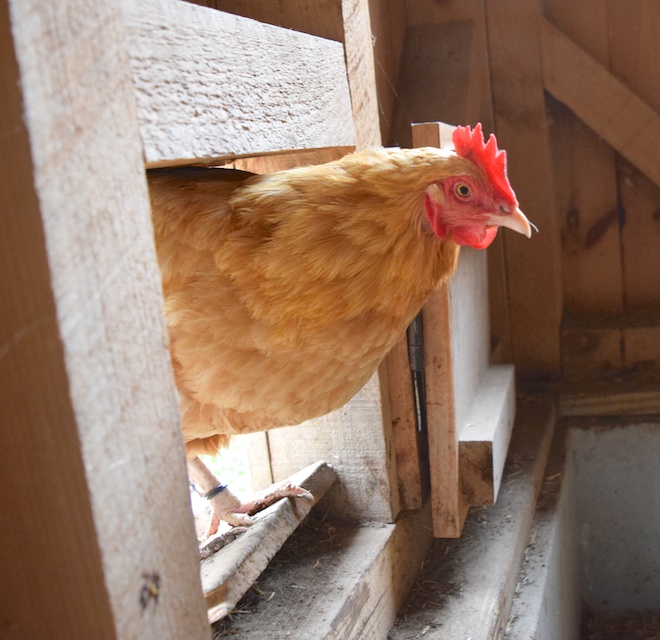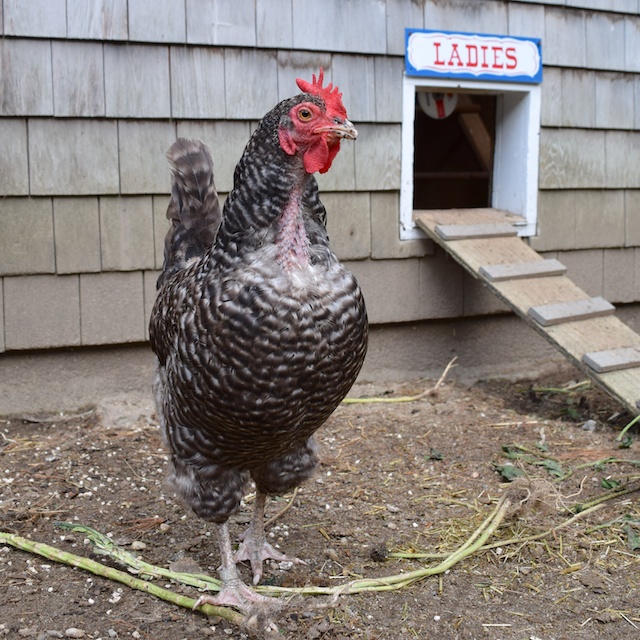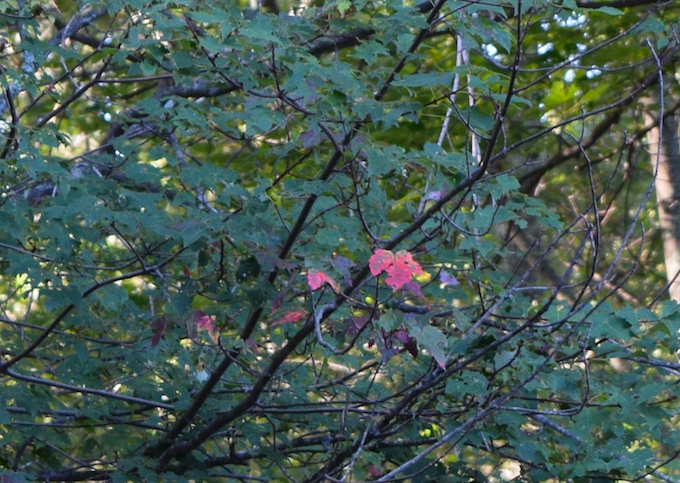For the next two days I’ll be away from my computer and at a dog training workshop. This is part of the KPA course that I’m enrolled in. I’ll have Scooter with me and will be showing off some of the behaviors that he’s learned so far.
Yes, Scooter, my 10 1/2 pound bowed-leg lap dog, is my training partner for this course. I think that he’s part cat. This is his favorite pose. Here he is telling me that 8 am is too early to get up. He does like to sleep in.
Scooter is a dog of little brain, (truly! not every dog is a genius like Lily) but what’s there he is putting to work. And the wonderful thing about the sort of training that I do – positive reinforcement with the use of a marker for clarity – is that even small dogs that prefer to curl up most of the day can learn, and be happy doing it. Scooter is greatly enjoying the opportunities to earn treats. He’s told me for years and years that he’s a big beefy dog and that his paltry bowl of kibble is an affront. It doesn’t matter that the meaty treats that I’m now doling out are smaller than baby peas – he’s quite chuffed to be getting them!
So far, Scooter has learned how to scoot under my bent knee (while I sit on the floor), sit, stand on a book, touch his nose, or paw, (depending on which I ask for) on a ruler, back up, go to a mat, touch his nose on a cone, and follow a target stick. He also licks his lips when I lick mine and goes into his crate.
Scooter does not sit up and beg like the dog in this vintage photo. I’ll never ask him to because it’s not something he’d be physically comfortable doing. Knowing your animal and then being reasonable in your requests are two essentials of good training.
At some point I’ll make a video of Scooter showing off all that he has learned, but he’s not ready for prime time. Not yet.
